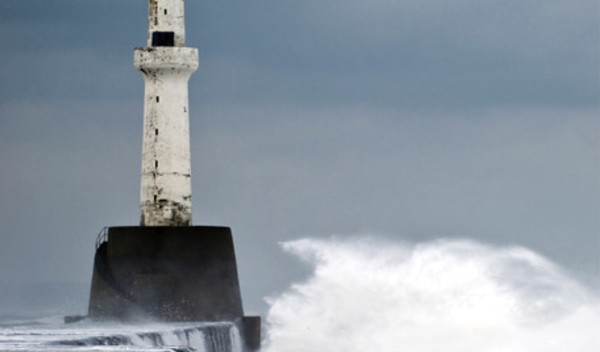

Prospective shipping magnates will be interested in Time Investments’ new Shipping enterprise investment scheme (EIS).
The scheme is seeking to raise £20m, split across four tranches, which will be used to invest in ‘handymax’ or ‘supramax’ dry bulk vessels, defined as those with a dead weight tonnage between 40,000 and 59,999 dwt. These smaller freighters, dubbed the ‘workhorses of the sea’, are typically used to ship commodities. They cost around £5m each, so each tranche will be used to buy one ship.
Revenue will come from leasing the boats on 12-month charters and Time has partnered with specialists British Marine to run that side of the business.
No debt is used to purchase the ships, which will eventually either be sold on the second-hand market or for scrap. The scheme is targeting a base case return of £1.27 per pound (before tax relief) over a timescale of four to five years.
The EIS will close to new investment either at the end of the 2015/2016 tax year or when it reaches its £20m capacity, whichever happens first.
Minimum investment is £10,000 with an initial fee of 3 per cent. Time will charge a services fee of 1.75 per cent pa and a performance fee of 20 per cent of proceeds between £1.05 and £1.25 will apply upon realisation.
The EIS also has a hedging strategy in place to mitigate currency risk.
Comment:
Owning a ship is just a dream for all but the most wealthy individuals, but the comparatively low minimum investment makes this EIS one of the most accessible ways of realising it.
It should be noted that the scheme alone features no diversification. It does not invest in the shipping industry as a whole; each tranche will only have exposure to one ship. As such, the investment is not so much a case of putting all your eggs in one basket, but rather only having one egg.
That said, it could provide something a bit different for an adventurous investor looking to add to an already diversified portfolio.
The EIS structure counters risk too. Should the worst happen, selling the ship for scrap would still return about 40 per cent of the initial outlay at today’s prices. In that scenario, once loss relief is taken into account, Time estimates that a higher-rate taxpayer could salvage 82 per cent of their original investment.
So far, this government has been keen to promote EISs and there are no signs that will change. Maritime industry has also been identified as a key area of growth with the Department of Transport forecasting seaborne trade to double over the next 15 years. Further, any recovery in commodities markets should bolster the rates that can be charged for charters.



